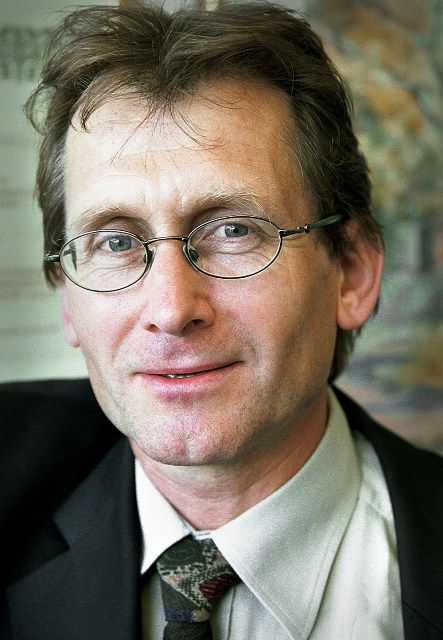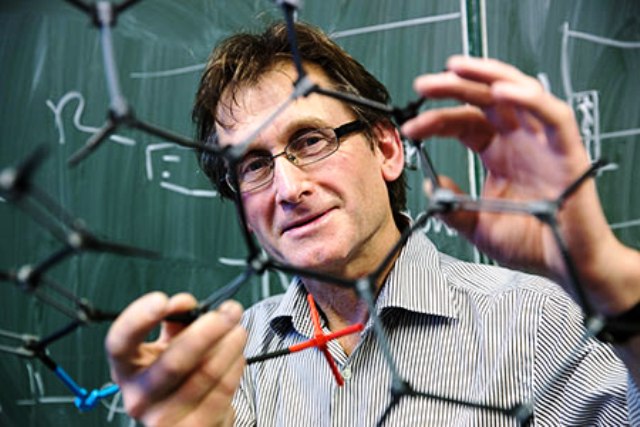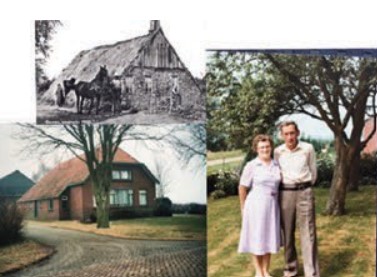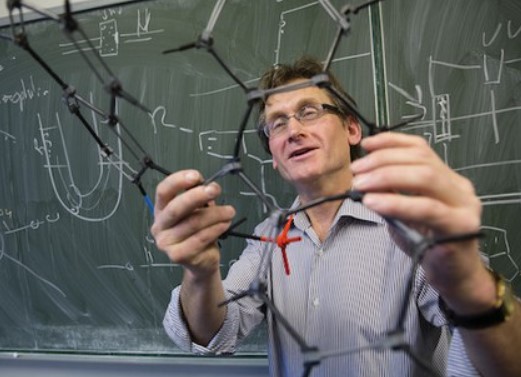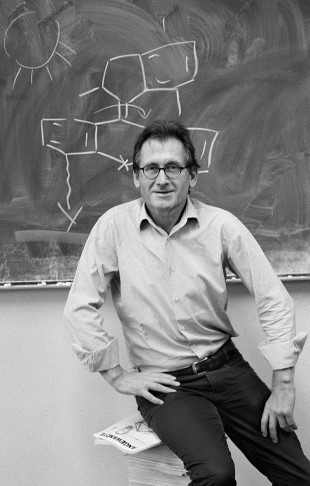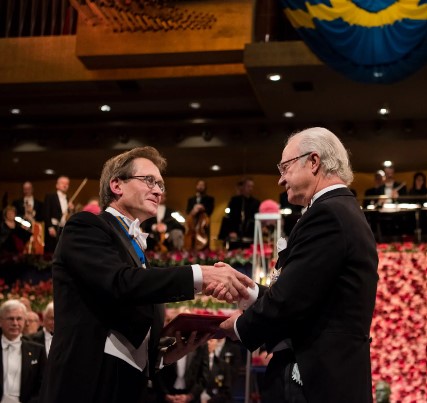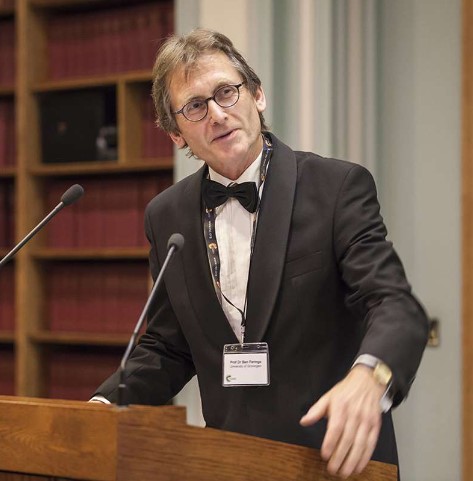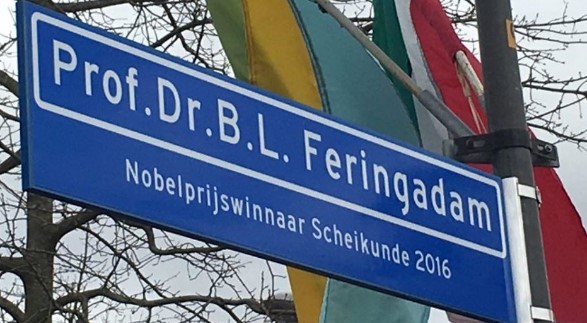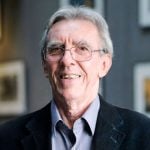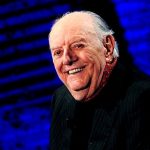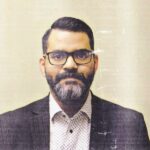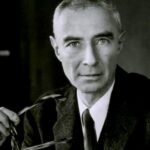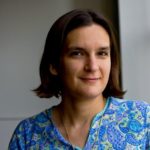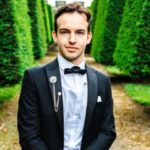Bernard L. Feringa Age, Wife, Biography
Quick Info→
Age: 73 Years
Wife: Betty Feringa
Hometown: Groningen, Netherlands
| Bio/Wiki | |
|---|---|
| Full name | Bernard Lucas "Ben" Feringa [1]University of Johannesburg |
| Nickname | Ben Feringa |
| Profession | Synthetic Organic Chemist |
| Known for | • Molecular switches/motors, Homogeneous Catalysis, Stereochemistry, Photochemistry • Winning Nobel Prize in Chemistry in 2016 |
| Physical Stats & More | |
| Height (approx.) | 5' 8" (173 cm) |
| Eye Colour | Blue |
| Hair Colour | Brown |
| Career | |
| Fields | • Organic Chemistry • Materials Science • Nanotechnology • Photochemistry |
| Thesis | • Asymmetric oxidation of phenols • Atropisomerism and optical activity (1978) |
| Doctoral Advisor | Late Prof. Hans Wijnberg |
| Awards/Achievements | • The Spinoza Award (2004) • The Prelog gold medal (2005) • The Norrish Award of the ACS (2007) • The Paracelsus medal (2008) • The Chirality medal (2009) • The RSC Organic Stereochemistry Award (2011) • Humboldt Award (2012) • The Grand Prix Scientifique Cino del Duca (French Academy 2012) • The Marie Curie medal (2013) • The Solvay Chemistry for the Future Award (2015) • Nobel Prize in Chemistry (2016) • The Centenary Prize of the Royal Society of Chemistry (2017) • The European Gold Medal presented by the European Chemical Society (EuChemS) (2018) • The Raman Chair of the Indian Academy of Sciences, an honorary position (2019) |
| Personal Life | |
| Date of Birth | 18 May 1951 (Friday) |
| Age (as of 2024) | 73 Years |
| Birthplace | Barger-Compascuum, Netherlands |
| Zodiac sign | Taurus |
| Autograph | 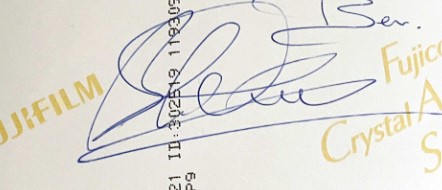 |
| Nationality | Dutch |
| Hometown | Groningen, Netherlands |
| School | Katholiek Drents College, the Netherlands |
| College/University | University of Groningen, Netherlands |
| Educational Qualification(s) | • PhD from University of Groningen, Netherlands (1978) • MSc degree in Chemistry from University of Groningen, Netherlands (1974) |
| Food Habit | Non-Vegetarian [2]Nobel Prize |
| Relationships & More | |
| Marital Status | Married |
| Family | |
| Wife/Spouse | Betty Feringa |
| Children | Daughters- 3 • Femke (a cell biologist) • Hannah (a PhD in food allergies) • Emma 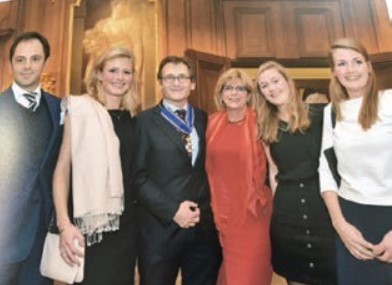 |
| Parents | Father- Geert Feringa (1918–1993) Mother- Elizabeth Hake (1924–2013) |
| Siblings | He was second of the ten siblings.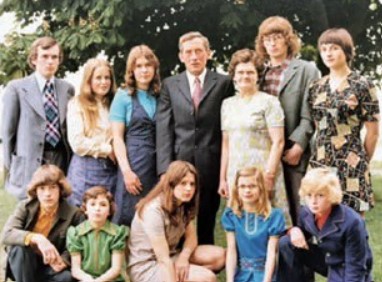 |
| Social Media | |
| Feringa Lab | |
Some Lesser Known Facts About Bernard L. Feringa
- In 1866, his grandfather’s family moved from Emsland, a few miles across the German-Dutch border, to the great Bourtanger moor, a remote area in the northeastern Netherlands. They were involved in farming and digging peat.
- Bernard L. Feringa’s father had a farm in Barger-Compascuum village, and he used to work there for his living. He was also associated with community works, including the local bank, school, and church councils.
- His family was involved in rearing animals for milk, eggs, and meat at the farm. They had a peat for heating, a water well, and a large garden for growing fruits and vegetables.
- After completing his PhD at the University of Groningen in the Netherlands in 1978, he was appointed as a lecturer at the same university in 1984. In 1988, he was promoted to the position of Full Professor.
- He then began working on Stereochemistry and also made significant contributions to Photochemistry. These contributions resulted in the 1st light-driven monodirectional molecular rotary motor and a so-called nano car (molecular car) driven by electrical impulses.
- He has published more than 600 research papers and holds 30 patents.
- He made a record in 1997 when he completed the 200 km long-distance tour skating in 12 hours.
- His most significant contribution to Chemistry is his work on molecular switches and motors based on asymmetric catalysis, stereochemistry, and dynamic molecular systems.
- Feringa discovered some tiny switches and motors made of molecules. These molecules can change shape and move in one direction, like how our eyes work. His work is important for making tiny machines for the future.
- These tiny switches and motors can be used in many ways. They can make materials that respond to light or electricity, help deliver medicine to our bodies, and even fight diseases like cancer and antibiotic resistance.
- Feringa’s work also involves using special chemicals to make reactions happen in a specific way. This helps in making medicines and other useful chemicals more efficient.
- Apart from switches and motors, Feringa has also worked on many other things like using light to control reactions, making gels, and studying how things stick together on surfaces.
- Ben Feringa has served as an editorial board member for several journals published by the Royal Society of Chemistry including Chemical Communications, Faraday Transactions of the Royal Society, and Chemistry World (Chairman of the Editorial Board).
- From 2002 to 2006, he was the founding Scientific Editor of the Royal Society of Chemistry journal titled Organic & Biomolecular Chemistry.
- He serves as an editorial (advisory) board member for various journals including Advanced Synthesis and Catalysis, Adv. Phys. Org. Chem., Topics in Stereochemistry, Chemistry: An Asian Journal (published by Wiley).
- He is an advisory board member for the Journal of Organic Chemistry and the Journal of the American Chemical Society (published by the American Chemical Society).
- In 2008, Queen Beatrix of the Netherlands appointed him as Knight of the Order of the Netherlands Lion.
- He was then promoted to Commander of the same Order by King Willem-Alexander of the Netherlands on 23 November 2016.
- He was chosen as an Honorary Citizen of Groningen on 1 December 2016.
- On 5 October 2016, he, along with Fraser Stoddart and Jean-Pierre Sauvage, was awarded the Nobel Prize in Chemistry for their design and production of Molecular Machines. They developed molecules with controllable movements. These molecules can perform a task when energy is added.
- On 26 November 2017, during a visit to South China Normal University in Guangzhou, Feringa was appointed honorary Professor of South China Normal University.
- In December 2017, he was granted a green card by China. He leads a research team named ‘self-healing materials’ at East China University of Science and Technology in Shanghai.
- Feringa is a co-founder of Selact (now a part of Kiadis), a contract research company which was initially established for organic synthesis services; however, later, it developed high throughput screening methods.
- He is a member of the ERC research council.
- At his birthplace in Barger-Compascuum, a street was named Prof. Dr. B. L. Feringadam on 6 April 2017.
- In April 2019, the US National Academy of Sciences appointed him as its foreign associate.
- The University of Johannesburg conferred an honorary doctoral degree to Ben Feringa on 2 April 2019 in recognition of his contributions to the field of Chemistry and the Scientific community.
- In 2019, he became a part of the German Academy of Sciences Leopoldina.
- In 2020, he was appointed as a Foreign Member of the Royal Society.
- In January 2024, he published the paper titled ‘Light-Activated Synthetic Rotary Motors in Lipid Membranes Induce Shape Changes Through Membrane Expansion.’
References/Sources:

